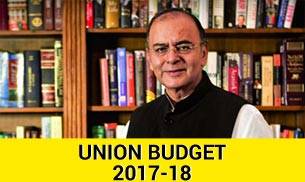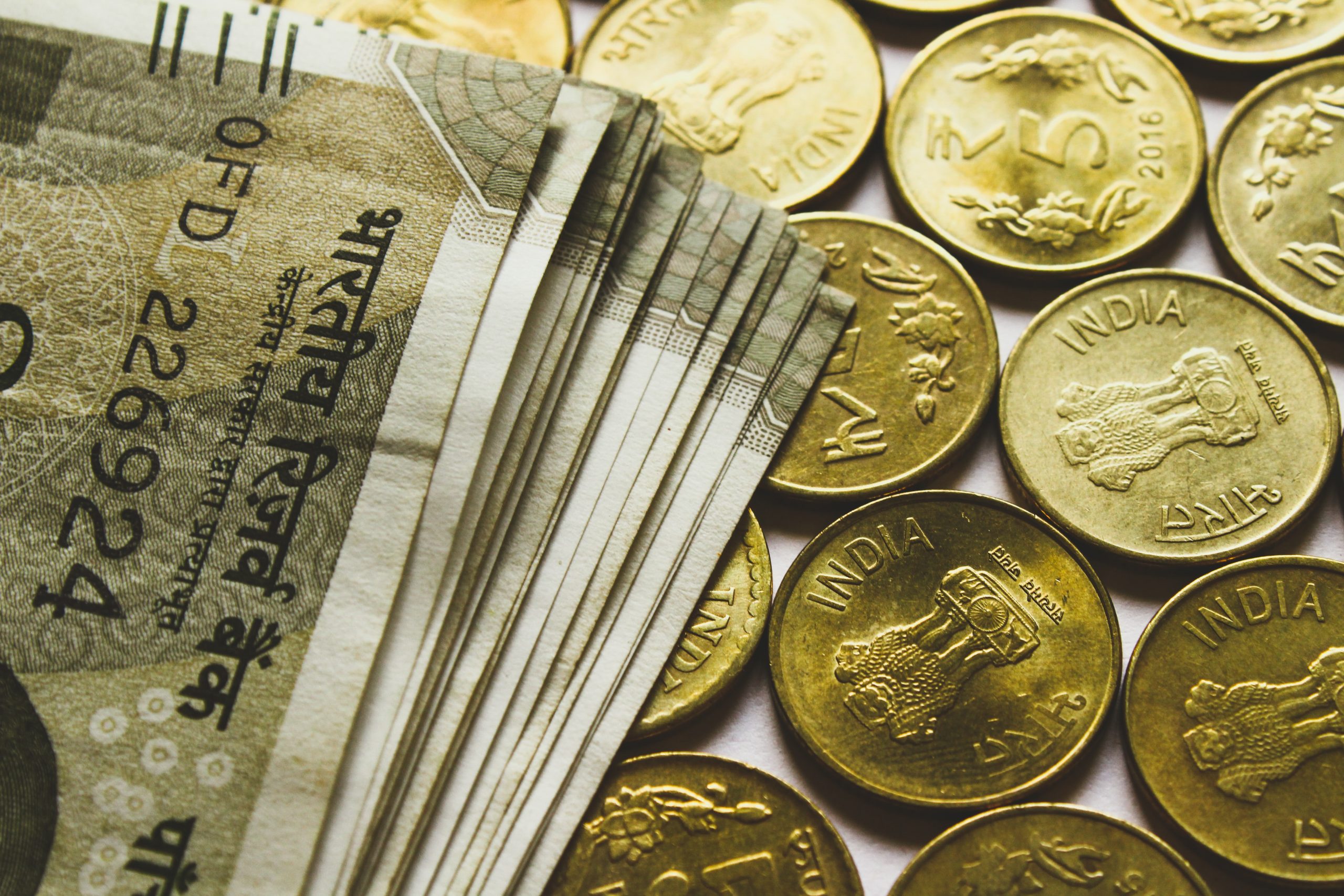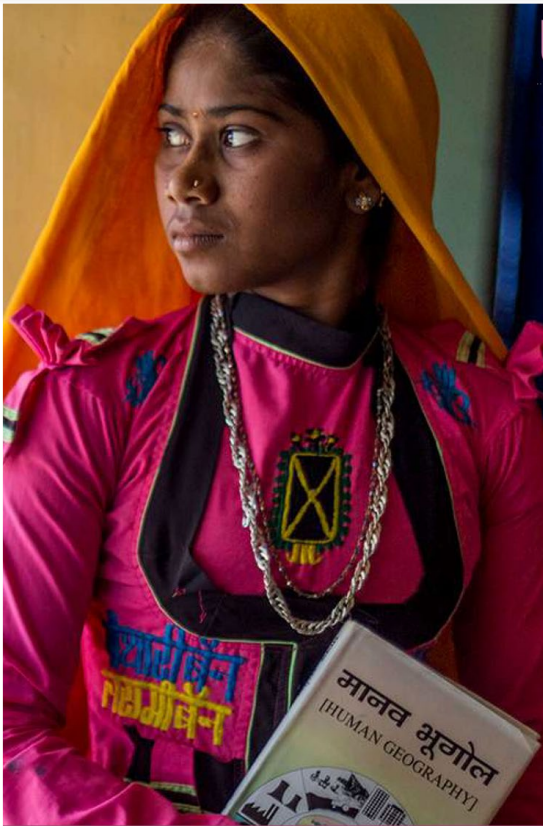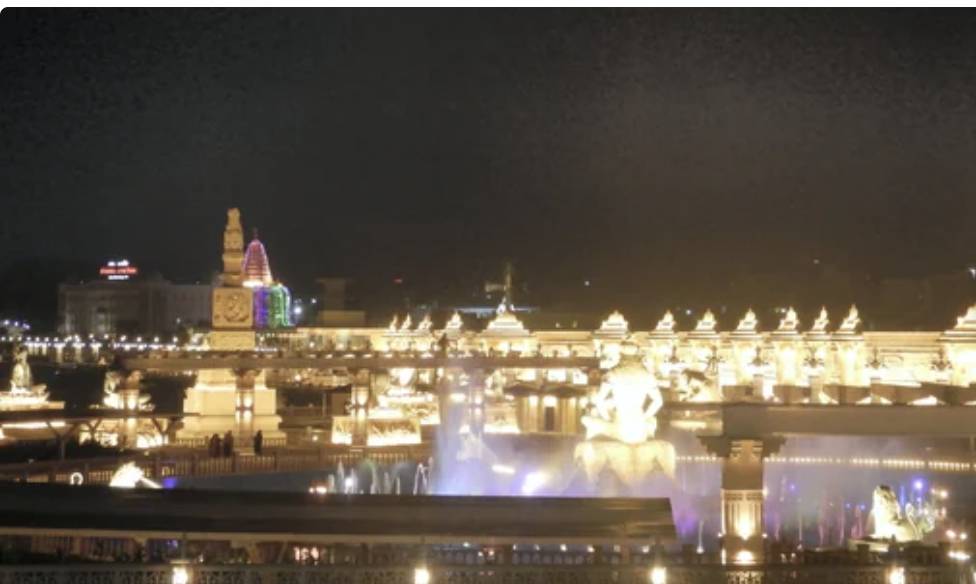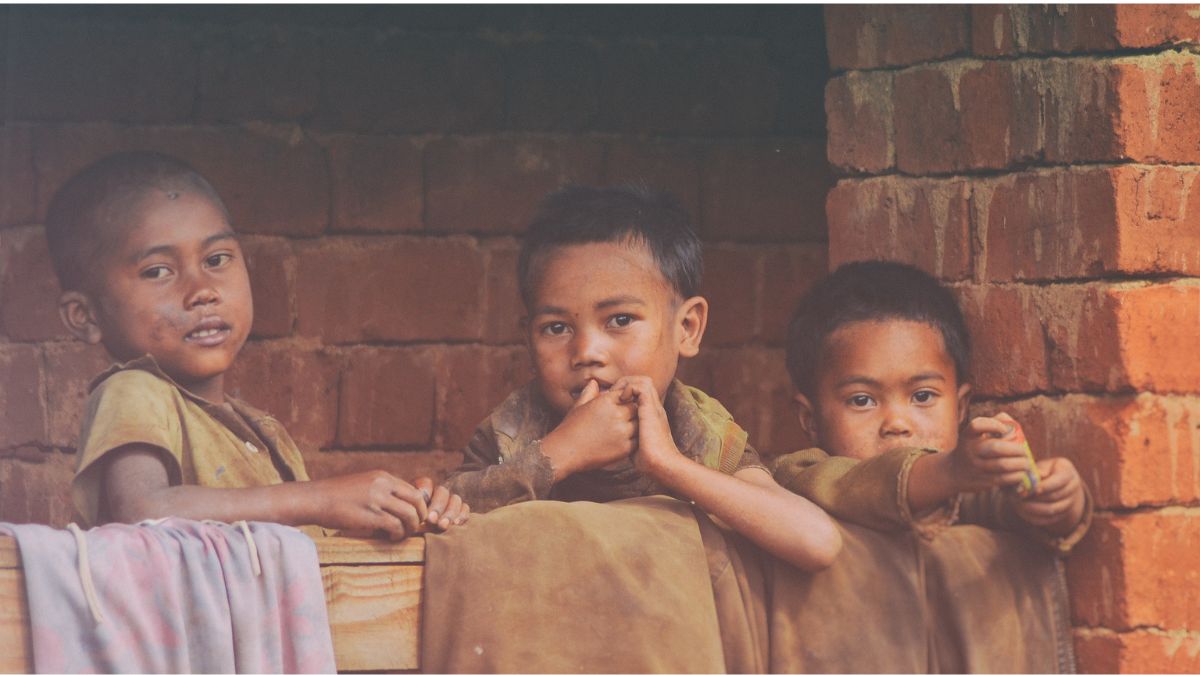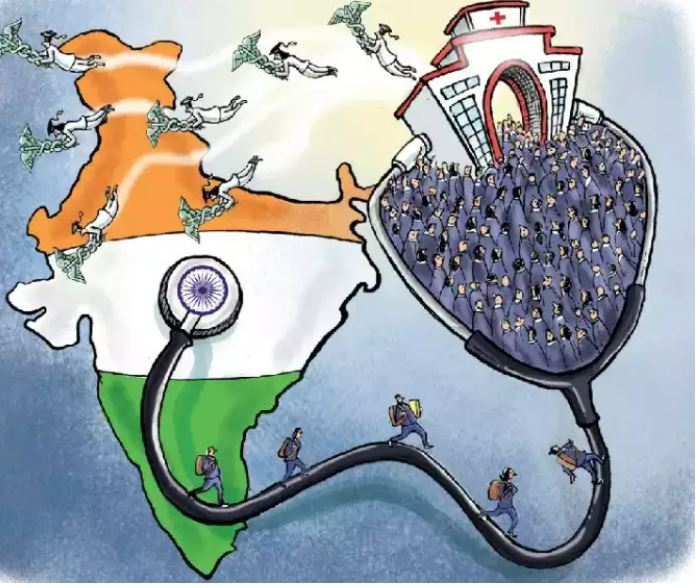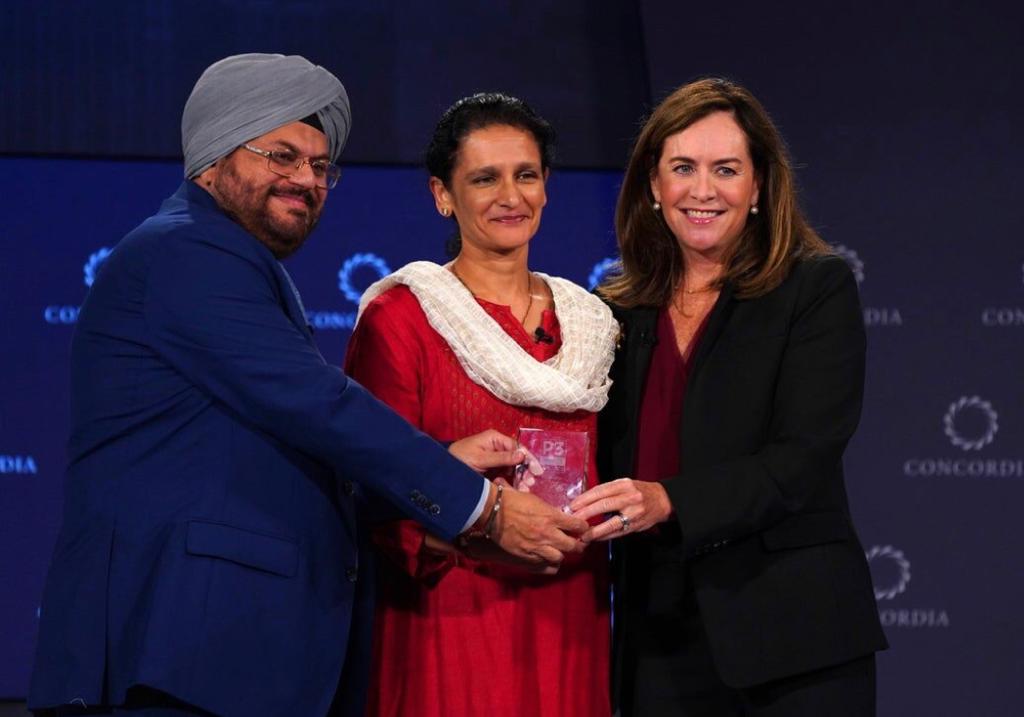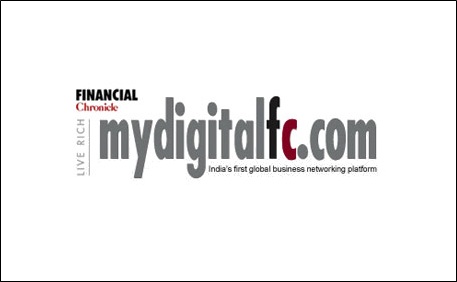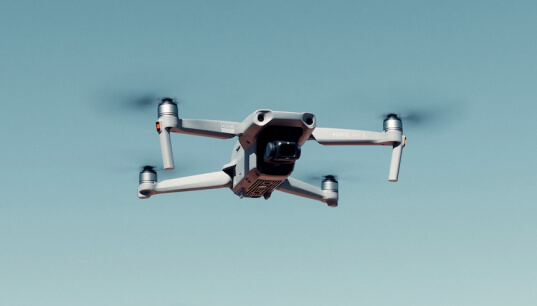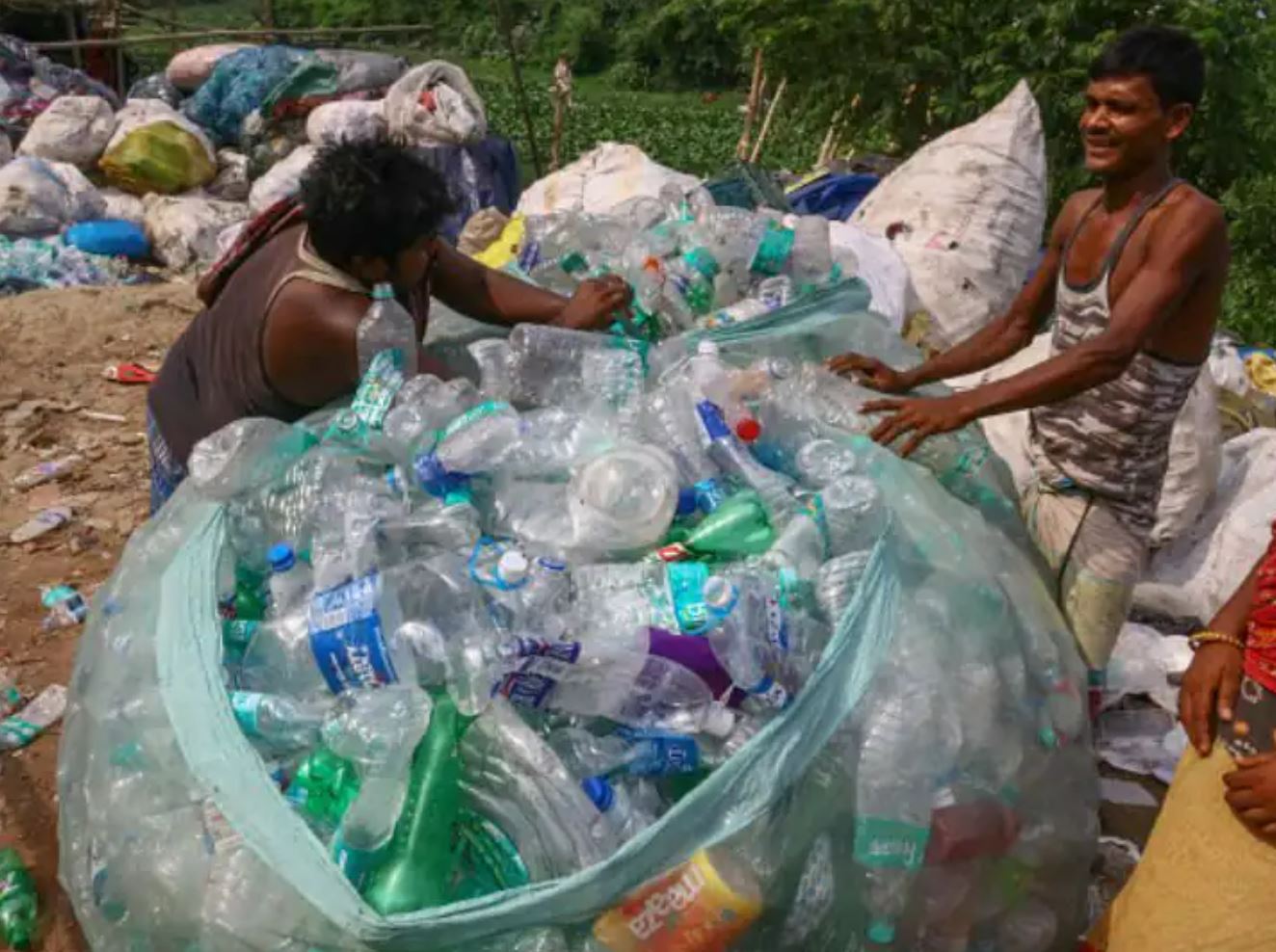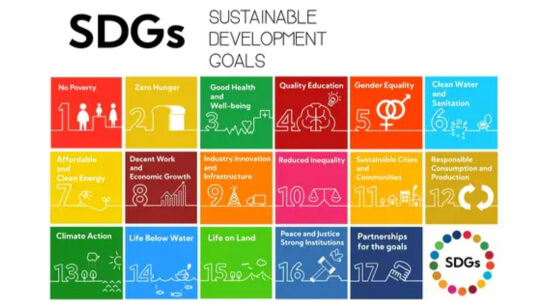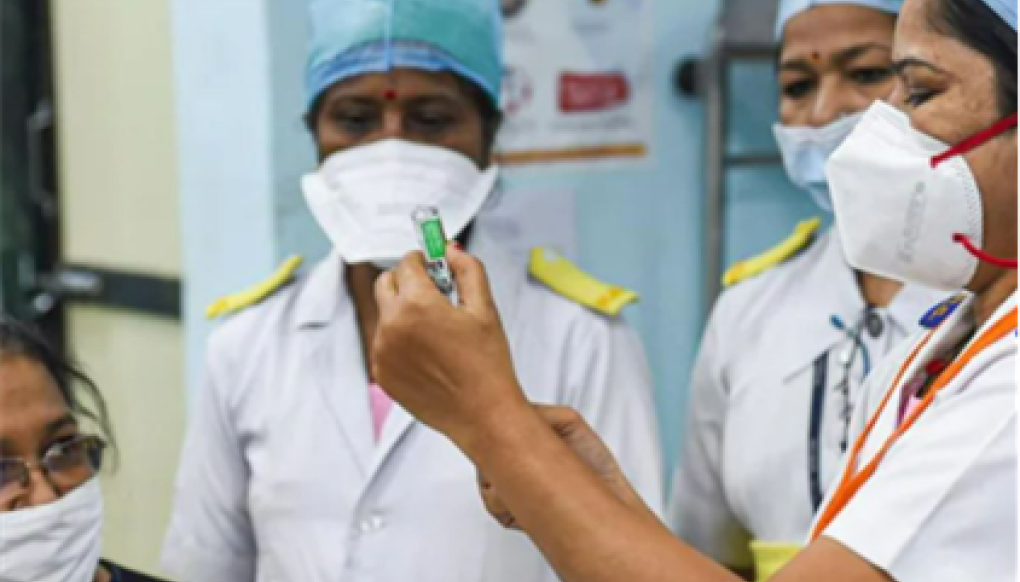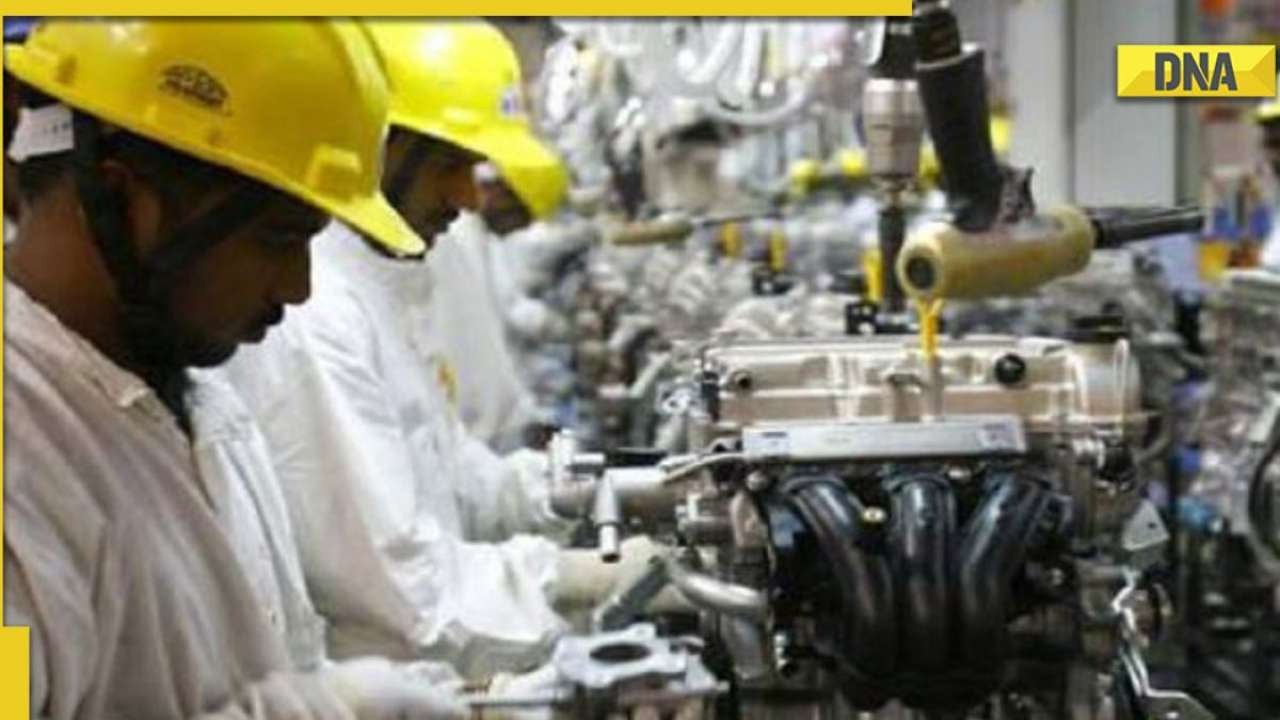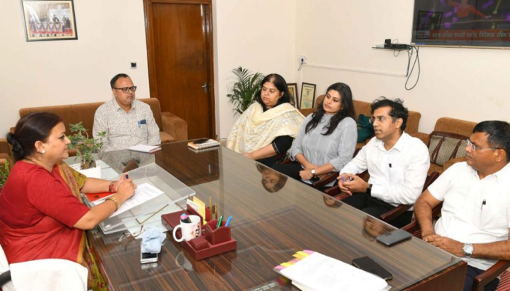Budget 2017: ‘Achhe Din’ (Good Days) for the poor expected
Union Finance Minister Arun Jaitley is all set to present the Union Budget 2017 on Wednesday, February 1. This is his third Budget but uncertainty prevails due to the sudden death of MP E Ahamed. Also, President Pranab Mukherjee will address both Houses of Parliament on the first day of the Budget session.
Here are some of the important points you need to know about Budget 2017 and expectations from the same:
- In a major announcement, this year, the Railway Budget will be merged with the Union Budget
- According to reports, under the rule of current government, the focus is more on economic and social reforms
- The Gross Budgetary Support for 2016-17 showed an increase of 15.26 per cent over the Revised Estimates of 2015-16 and 18.2 per cent over the Budget Estimate (2015-16), according to government data
- Among the BRIC countries, India allocates the least amount of funds towards the education and health sector. However, last budget did see a substantial increase of 313 per cent to Ministry of Women and Child Development and around 13 per cent increase towards Higher Education
- Whereas the previous budgets have emphasised on rural development, employment generation and agriculture subsidies; this year’s budget will most likely iron out development issues that will further boost the overall economic growth. The first step here should be to ensure high investments in the pre-monsoon months that would set the pace right at the start and address macro-economic issues at large
- Furthermore, at a recent Niti Aayog event, Prime Minister Narendra Modi hinted at the possibility of consolidation of all reform initiatives taken up in the last two years in this year’s budget to improve the dipping GDP
- The country also witnessed several bold steps by the government in the last one year, which includes the recent demonetisation drive. This will certainly reflect in this year’s budget
- Moreover, propelling sectors such as agriculture, skill development, tourism, urban and infrastructure development and information and communications technology should also be an important focus for this year’s budget. For instance, while the JAM trinity introduced recently, linking Jan Dhan – Adhaar – Mobile will support the shift towards a cashless economy, at the same time, there is a desperate need to change the subsidy policy to direct cash transfers
- Even though the share of subsidies in proportion to the total expenditure has gradually decreased from 18.23 per cent in 2012 to 12.66 per cent in 2016, this year’s budget should further reduce it in order to accommodate more conditional incentives
- Programmes such as MGNREGS, Janani Suraksha Yojana (JSY), Mamta, Beti Bachao Beti Padhao, etc., promote direct benefit transfers. Learnings from these schemes now need to be scaled up to other programmes. This will also help in cutting down on corruption related to such government programmes
- Channelising the surplus received by banks in the last quarter to infrastructure development is yet another move that will help India achieve its growth target of around 7.5 per cent. While Public-Private Partnerships (PPPs) should remain a focus for the budget, the government should try and look beyond PPPs to boost investments. For instance, the Make in India campaign has evoked interest in foreign investors over the last two years
- This year, however, the impetus should be on converting this interest into tangible action. The Brexit announcement also promises a massive boost to the India-UK bilateral relations. New opportunities for the UK and India to cooperate more closely and develop stronger trading links will emerge as UK re-aligns its foreign policy and trade priorities in times to come
- In addition to these, GST is expected to be implemented later this year which will pave the way towards a futuristic tax reforms system. It is important to simultaneously build the savings capital of India and hopefully, the budget will address this by increasing the current slab for taxable income
- To conclude, even though the country has shown progress, we still need to travel the last mile which is still a long way ahead. With basic systems in place now, attention needs to be given to other aspects like effective monitoring, proper reporting and increased supervision to enhance accountability at all levels
- The budget should therefore also provide more power at the grass root level which will also help in achieving the SDGs by 2030
- Thus, increased focus on inclusive growth calls for an inward-looking budget this year, which means a holistic outlook towards rural and urban development. The focus should not be only on new policy and programme announcement but also ensure effective implementation at the ground level so that the actual fruits reaches the less privileged. Achhe Din should be seen by all.




